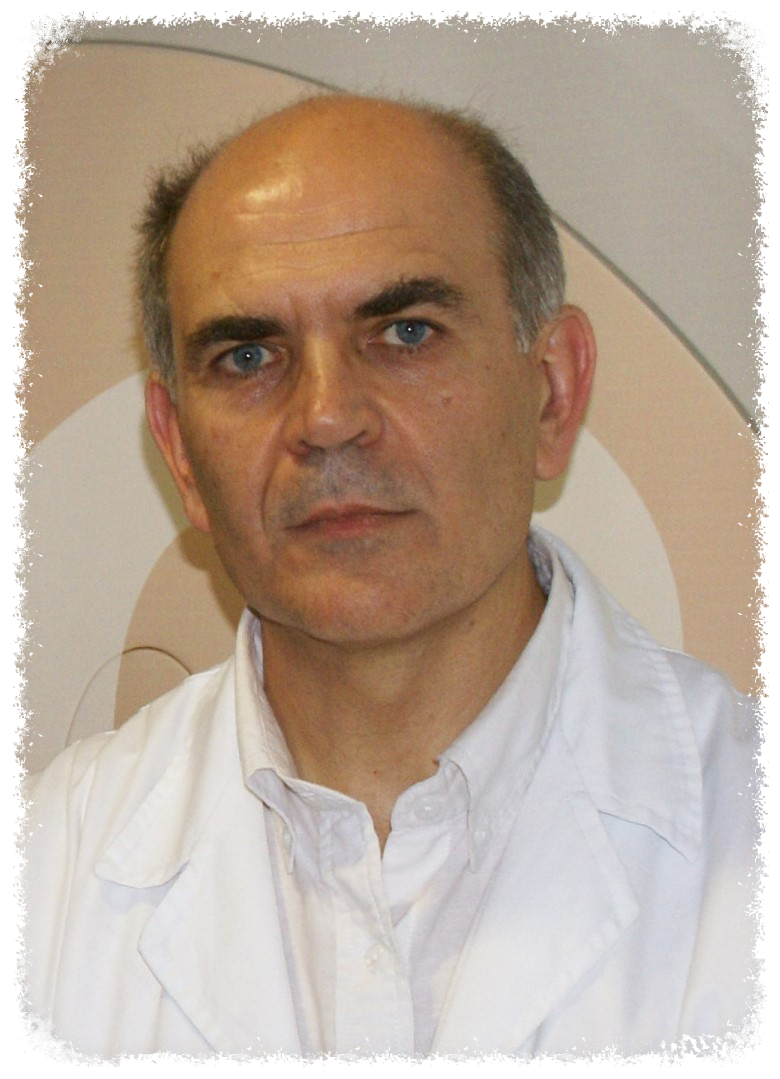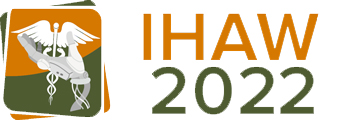Keynote Speakers

Virginio Cantoni
Computer Vision and multimedia Lab, Pavia University
Title: ” New Technologies And The Support And Accessibility Of Cultural Heritage”
Abstract
The starting point of our involvement was the experience gained in setting up an educational and experiential room for the exhibition “1525-2015. Pavia, the Battle, the Future” in which we developed 3D reconstructions, virtual simulations, human-machine interactions through gaze or gestures, and in particular the design of tactile images.
The painters have developed strategies that facilitate the observer’s interpretation, exploiting details and contexts; our goal was to design a way to convey the meaning intended by the painter for the tactile exploration of 2D art. With an ICT-based solution we translated tapestries, paintings and large 2D canvases into a 2.5D embossed tactile representation of these works of art. More than on single subjects, our practice has turned to vast pictorial compositions and narrative cycles such as the sequences of the battle of Pavia, evangelical scenes (Christ and the Samaritan woman, Annibale Carracci, 1993-4) and to conclude an intense passionate journey to interior of the “Southern Question” (Lucania ’61, Carlo Levi’s telero).
From the virtual, interactive, and easily accessible presentations of the Battle of Pavia, the focus has shifted to the reproduction of the virtual city in the Renaissance, modeling more than one hundred buildings. 3D modeling was then applied to a 14th-century masterpiece, the Ark of St. Augustine, located in the church of San Pietro in Ciel d’Oro. This monument, made up of 95 statues and 50 bas-reliefs of different complexity, for a total of about 400 characters, involved over one hundred students in three academic years.
We also focused on the digital anastylosis of the frescoes. Anastylosis is a restoration technique that involves the recomposition of a destroyed architectural work using its original pieces. In 2019 we proposed a “Digital Anastylosis of Frescoes challeNgE (DAFNE)” to provide virtual solutions to add to the fresco restorer’s toolkit. The challenge was aimed at ICT scientists and autistic individuals. An unexpected result is worth reporting: one of the best solutions was performed by an autistic subject, a young woman who was able to identify all the distractors!
Bio
Virginio Cantoni is Emeritus Professor of Computer Engineering at the University of Pavia. In 2008-2011 he was seconded to the Centro Linceo ‘Beniamino Segre’ of the Italian Academy of Lincei. He was the founder and first Director of the University of Pavia’s European School of Advanced Studies in Media Science and Technology and Director of the Interdepartmental Centre for Cognitive Science. His research activity is related to pattern recognition, computer vision and multimedia. He is the author of six books and more than 300 publications in book chapters and journals. He organized many International Conferences, Seminars and Workshops including a NATO Advanced Research Workshop on pyramidal systems for computer vision. An Expert and Project Reviewer for the EU Commission, he became a Fellow of the IAPR in 1994 and Fellow of the IEEE in 1997 and in 2020 IEEE Life Fellow, and Fellow of the AAIA in 2021.

Eduardo Fernández
University Miguel Hernández
Title: “Enhancing the functional visual abilities of blind individuals with brain implants: Challenges and Future prospects“
Abstract
Few disabilities have a greater impact on people’s lives and personal fates than the inability to see. This problem affects more than 40 million people worldwide and is associated with a loss of personal independence, inducing large personal and societal costs. Although some of these patients can be effectively treated with surgery or medication, and recent advances in gene therapies and stem cell therapies are showing great promise, there are currently no effective treatments for many people who are visually impaired due to severe degeneration or damage to: 1) the retina; 2) the optic nerve; 3) the optic tracts; 4) the lateral geniculate bodies; or 5) the optic radiations. In such cases, a cortical visual prosthesis may be the only option. Similar assistive devices have already allowed thousands of deaf patients to hear sounds and acquire language abilities, and the same hope exists in the field of visual rehabilitation.
Motivated by the success of cochlear implants for deaf patients, our group is now developing a cortical visual neuroprosthesis designed to interface with the occipital cortex in order to restore a limited but useful sense of vision to profoundly blind patients. We will review the most important challenges regarding this neuroprosthetic approach and emphasize the need for basic human psychophysical research on the best way of presenting complex stimulating patterns through multiple microelectrodes.
We will present our recent results regarding the implantation and explantation of intracortical microelectrodes in blind volunteers (ClinicalTrials.gov identifier NCT02983370). Our results, although preliminary, demonstrate the safety and efficacy of chronic intracortical microstimulation via a large number of electrodes in humans, showing its high potential for restoring functional vision in the blind. These findings support earlier findings in monkey experiments and suggest that several arrays of penetrating electrodes might form the basis for a cortically based solution for sight restoration in individuals with profound blindness.
We hope that advances in medical technologies, neuroscience, electronics, material science, and information and communication technologies, combined with the increase of intelligence in these visual neuroprosthetic devices, will encourage the development of new and improved custom-tailored neuroelectronic systems for restoring functional sight in many blind people.
Bio
Eduardo Fernández received a M.D. degree from the University of Alicante (1986) and a Ph.D. in Neuroscience in 1990. He has been visiting professor at the University of Utah (USA), Oldenburg (Germany), Beth Israel and Harvard Medical School (USA) and the University of Vienna (Austria). He is currently Professor of Cellular Biology and Director of the Neural Engineering Division of the Bioengineering Institute of the University Miguel Hernández, Director of the Biomedical Neuroengineering Research Group of the Centro de Investigación Biomédica en Red in the subject area of Bioengineering, Biomaterials, and Nanomedicine (CIBER-BBN, Spain) and Adjunct Professor at the John Moran Eye Center (University of Utah, USA). He is a qualified MD who combines biomedicine (molecular and cellular biology, biochemistry, anatomy, physiology, and regenerative medicine) with the physical sciences (mathematics, physics) and engineering to develop new treatments and devices that can be applied to enhance the lives of people affected by visual impairments more effectively. He is also trying to better understand brain plasticity in blind subjects and working on the development of new therapeutic approaches for several retinal degenerative diseases.
